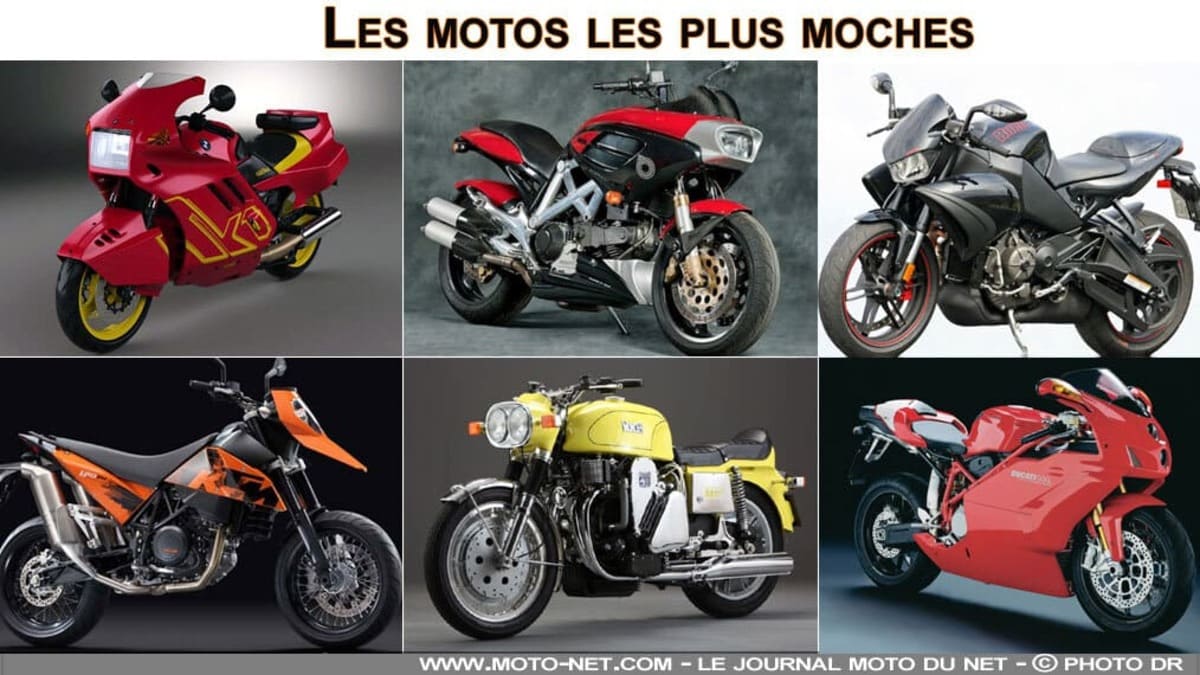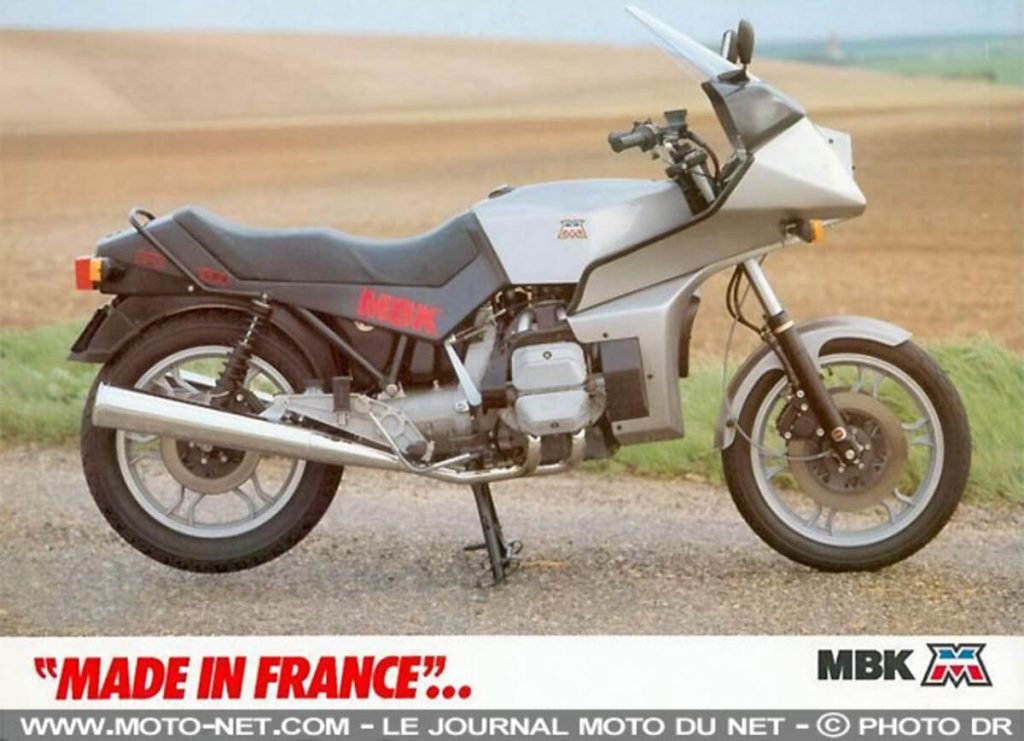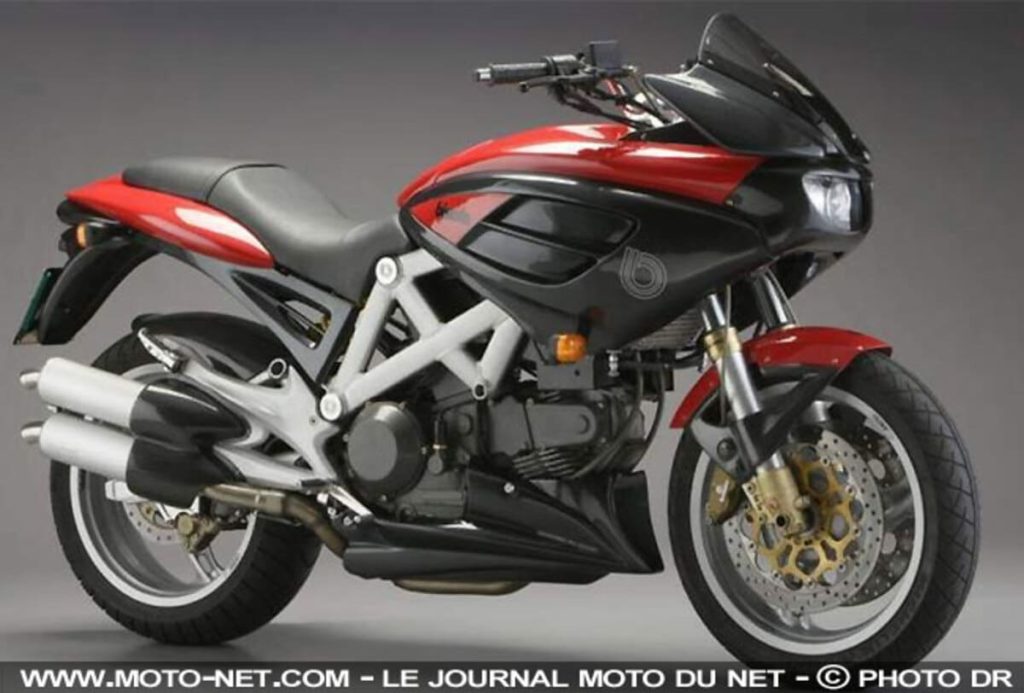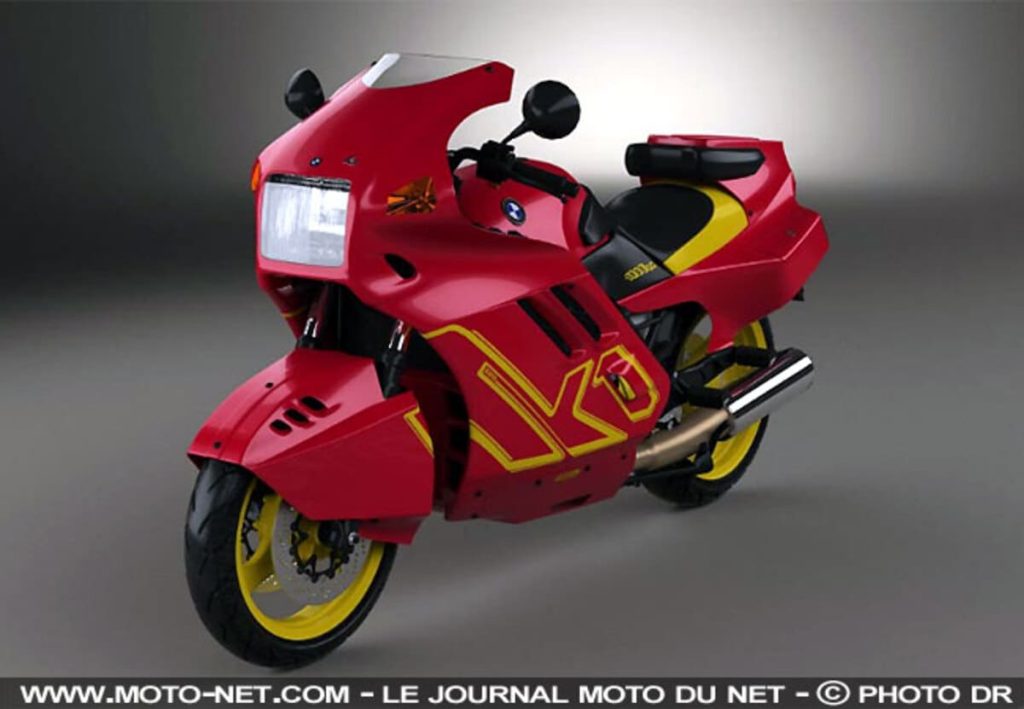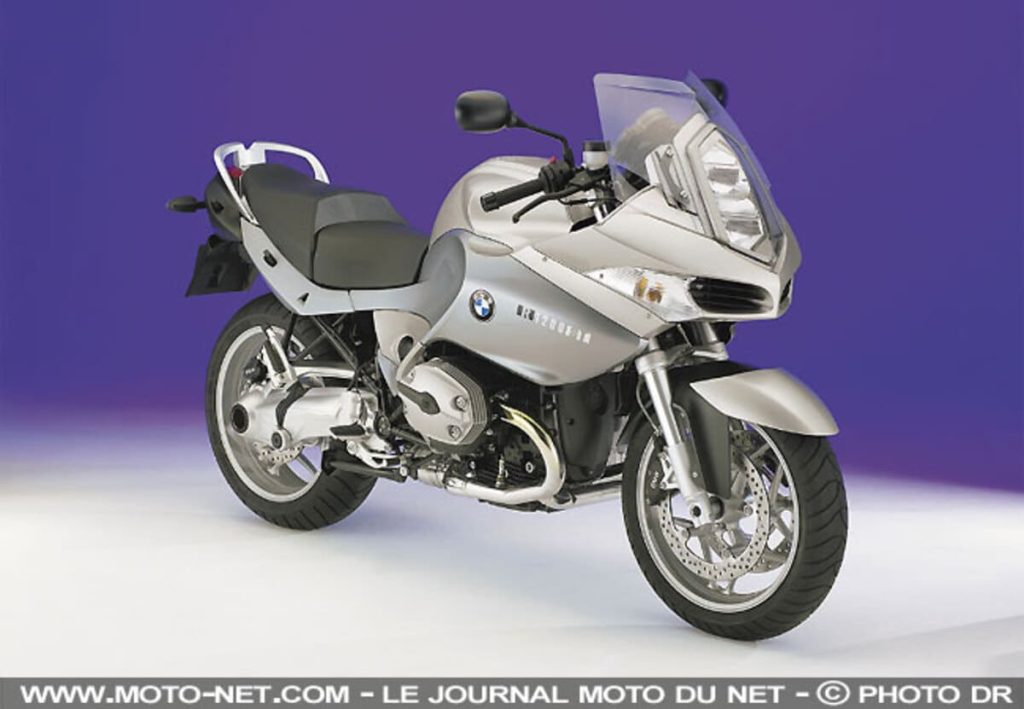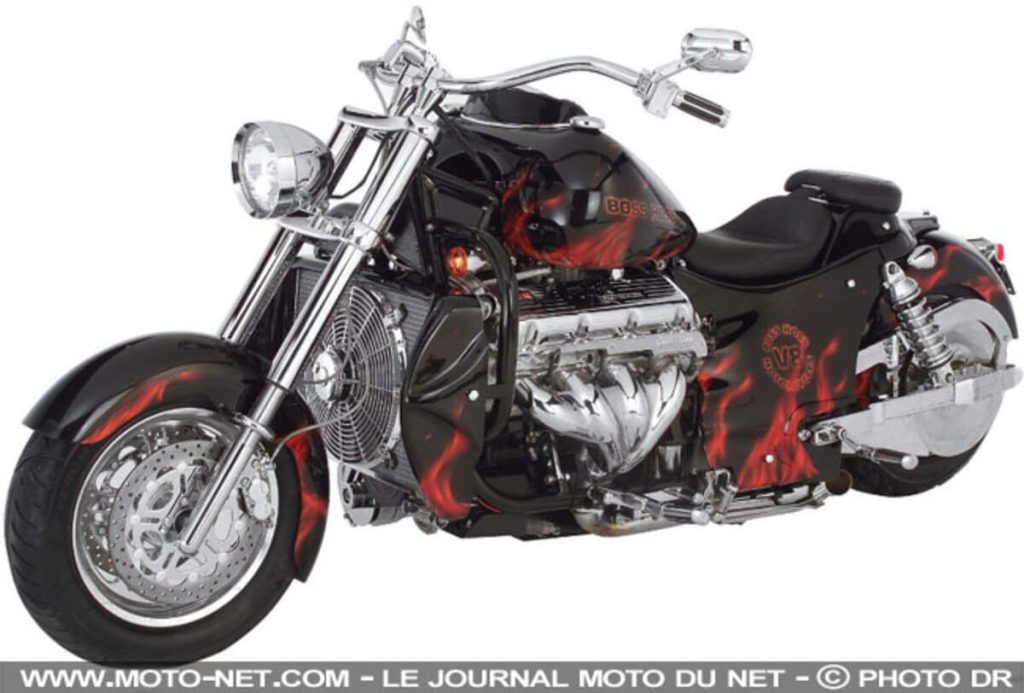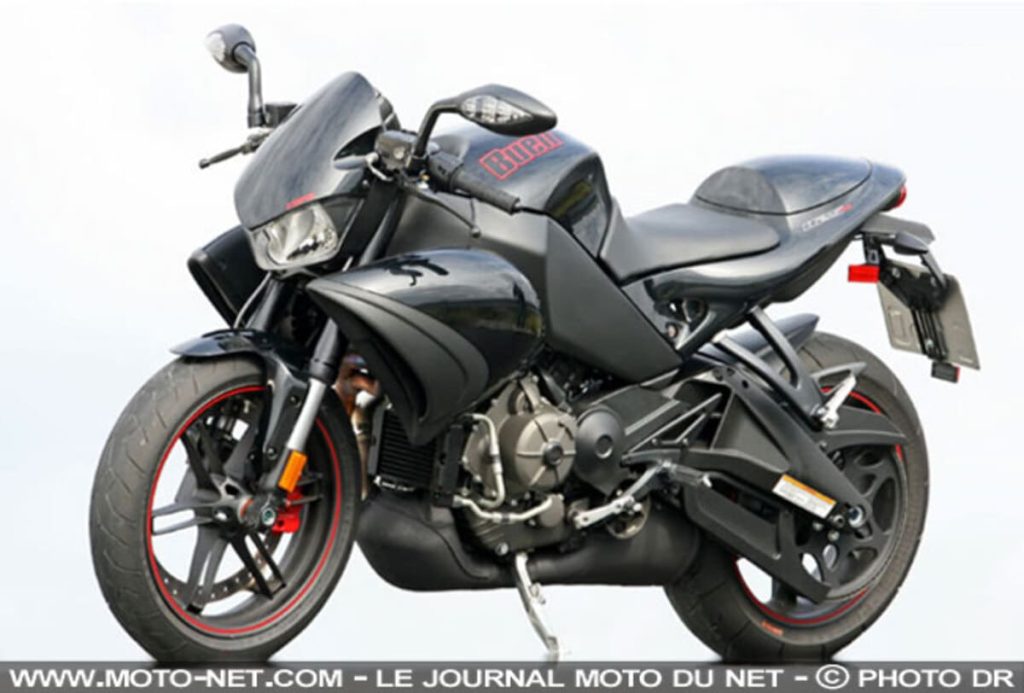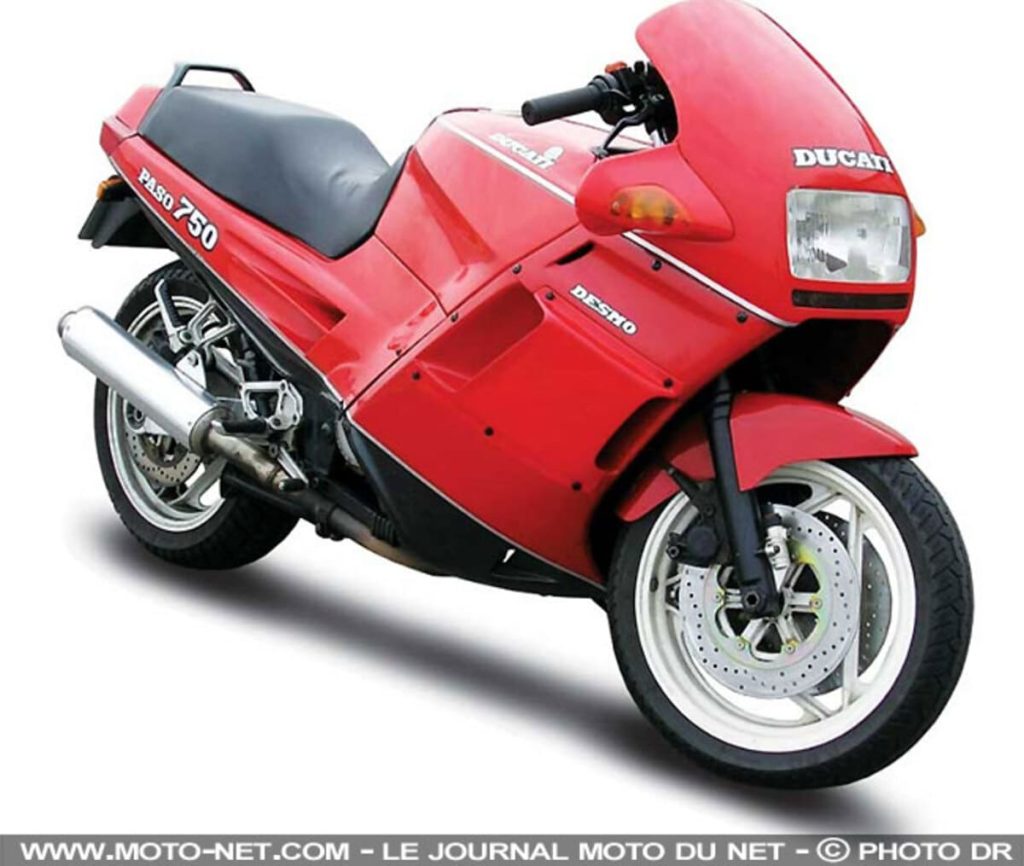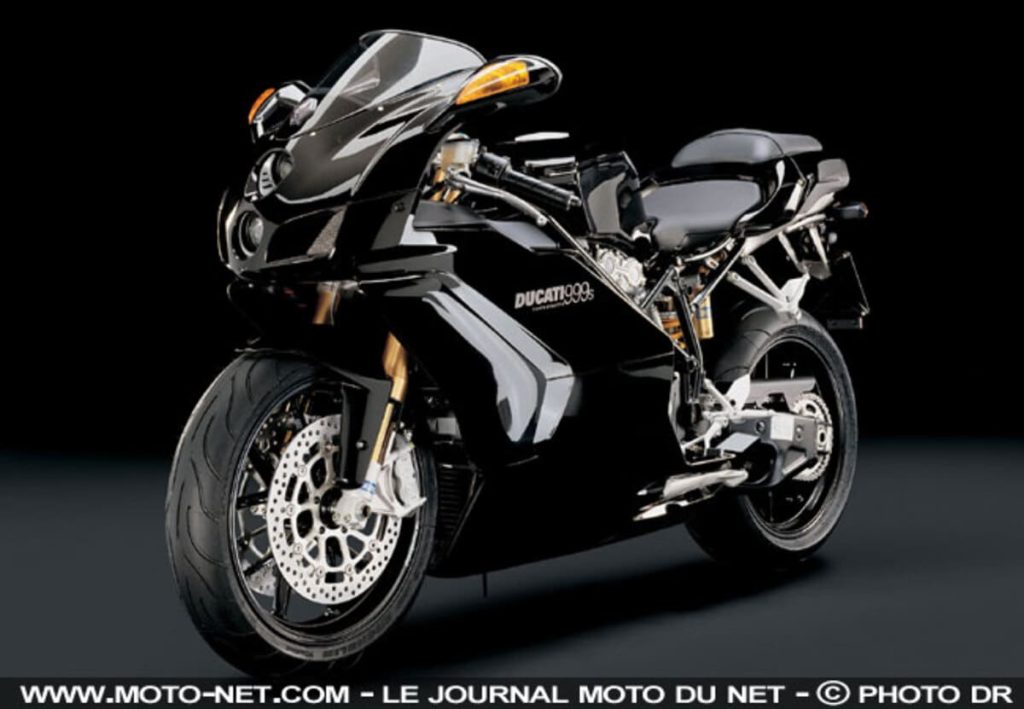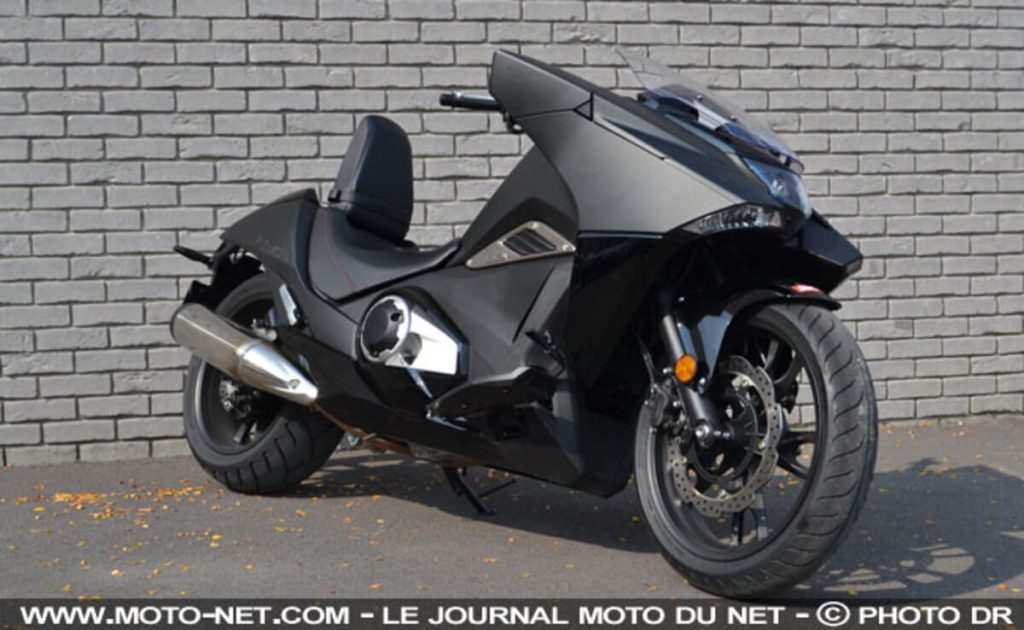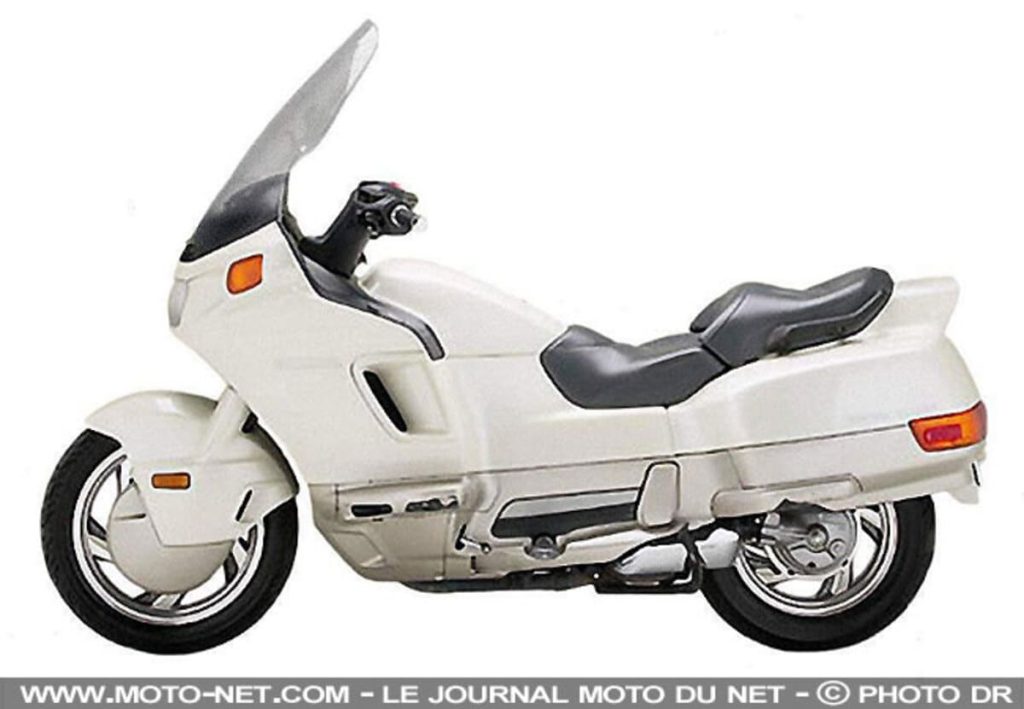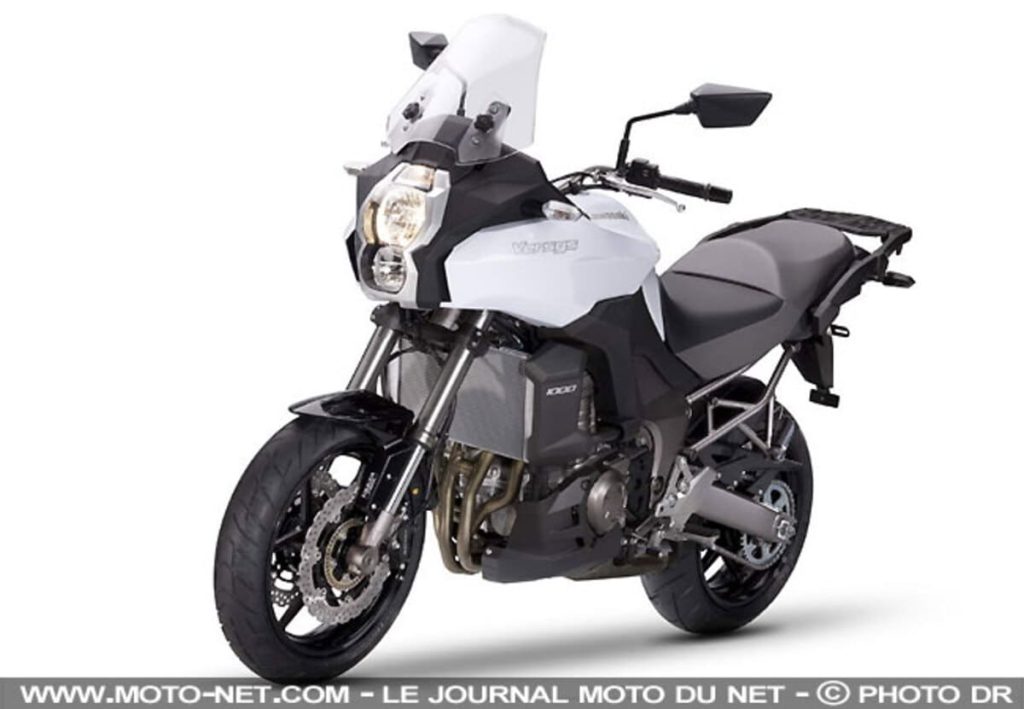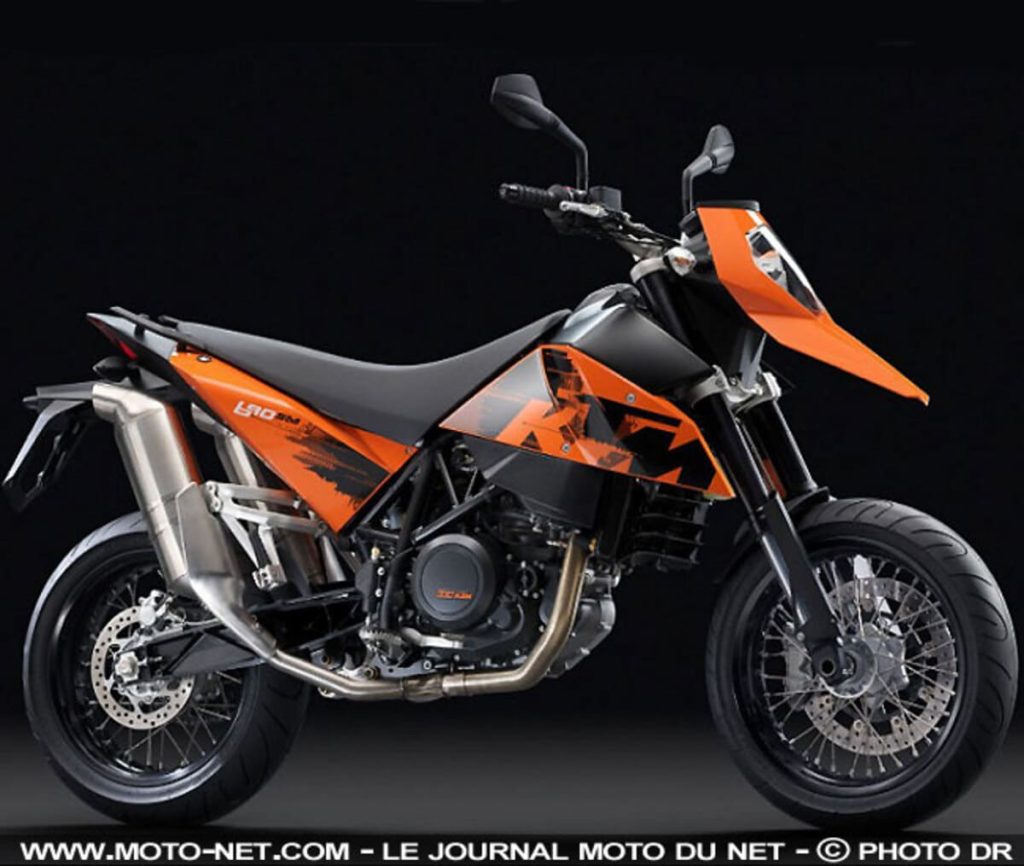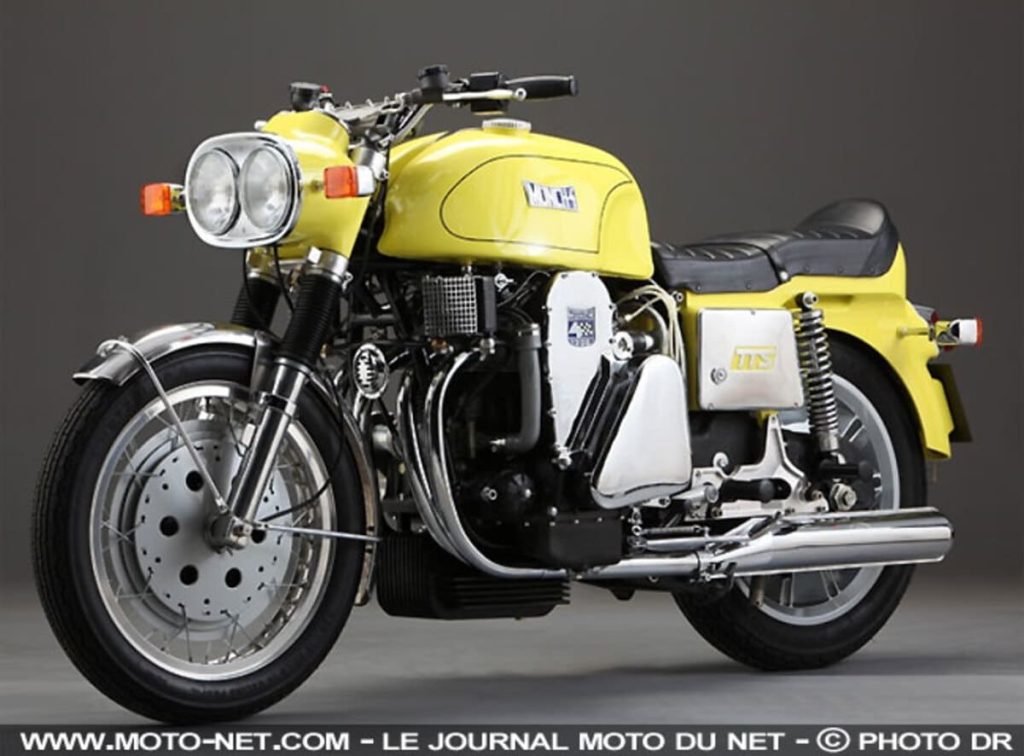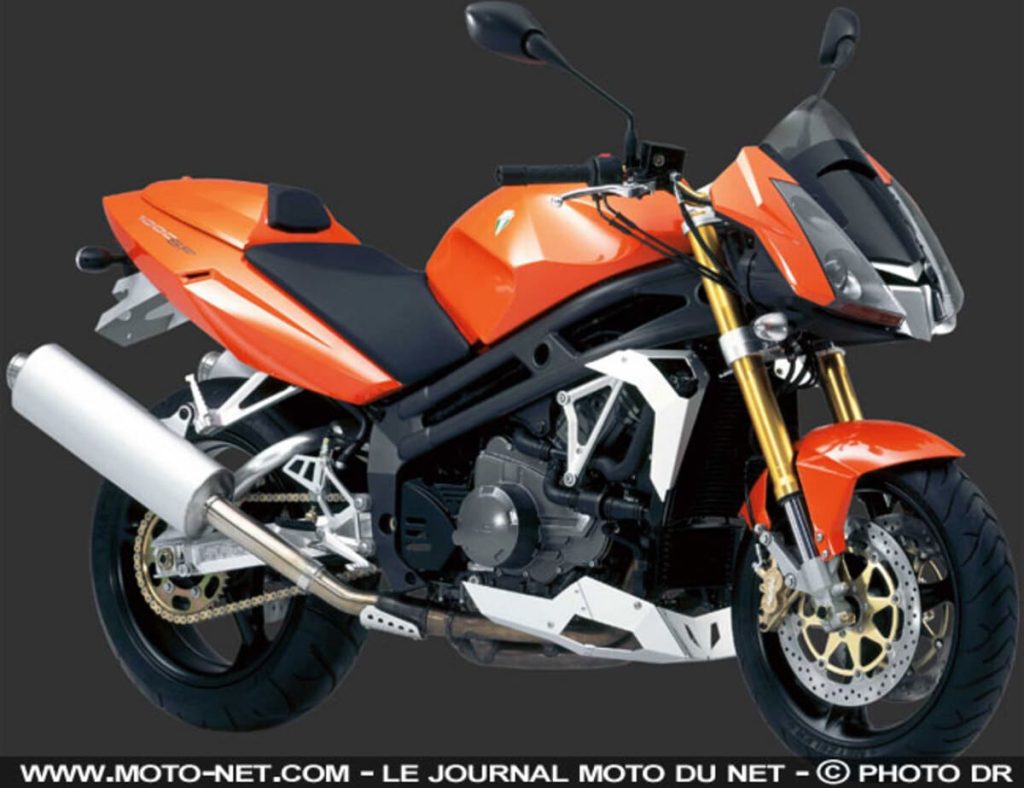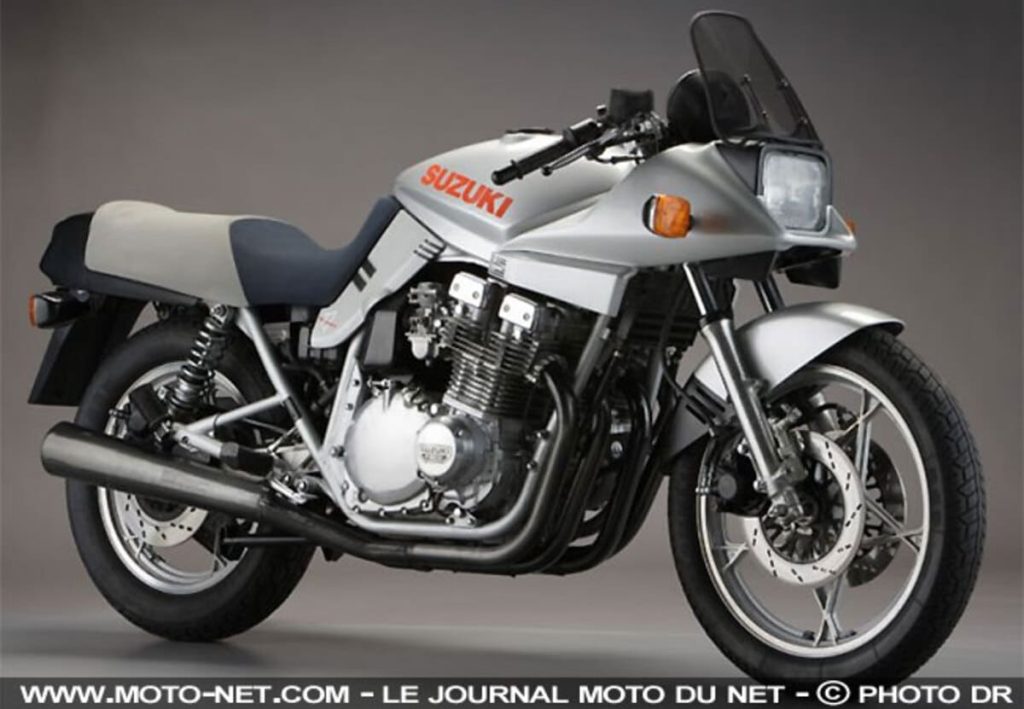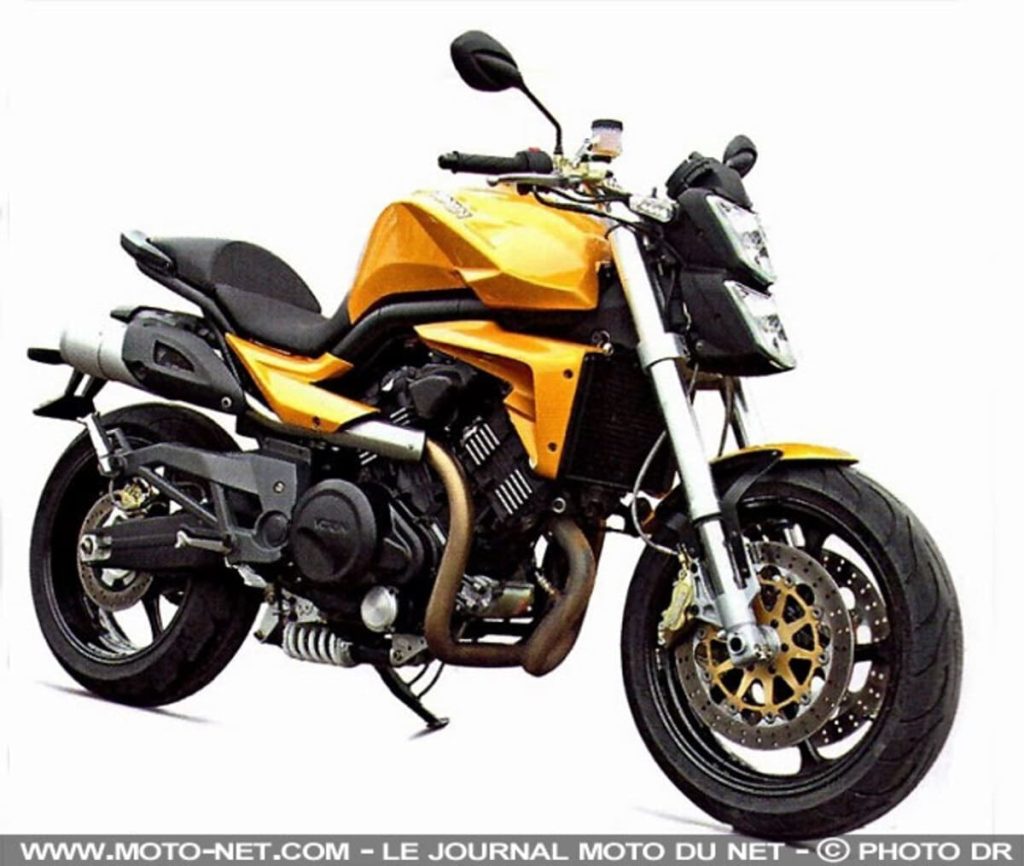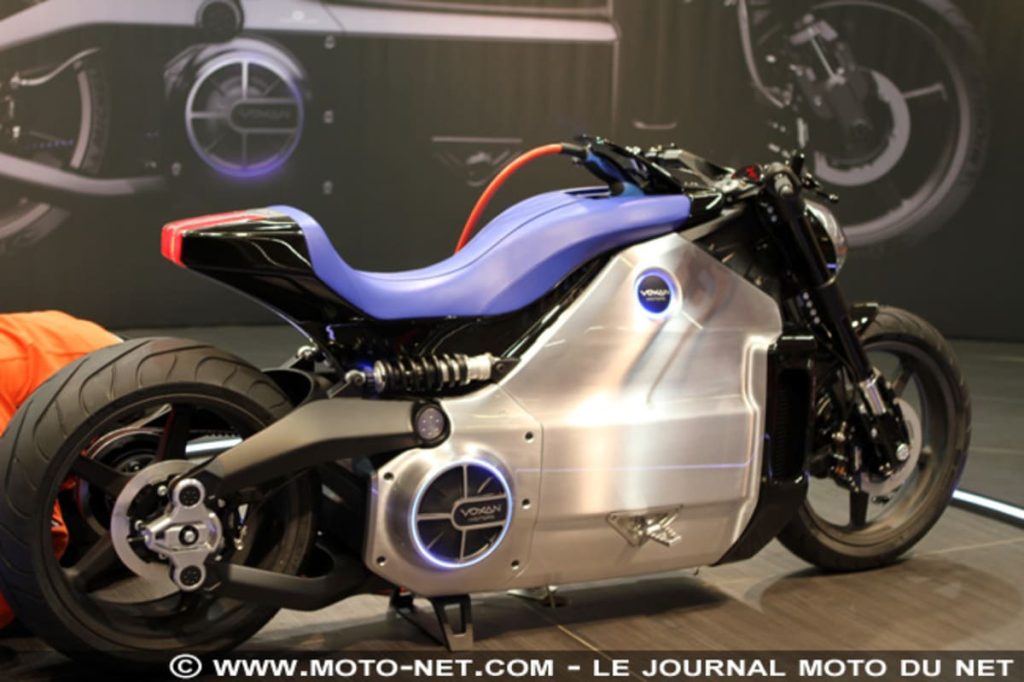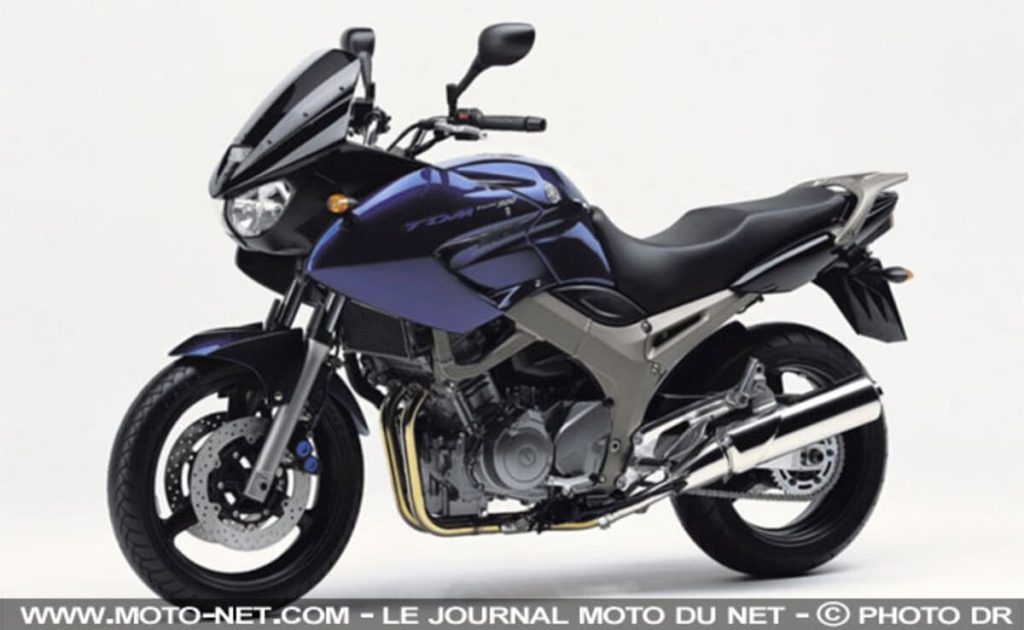Motorcycling is full of passion, freedom, and sometimes design misadventures. This no-holds-barred roundup salutes those bold machines that courted controversy with shapes, surfaces, and proportions only a die-hard could love.
“Beauty fades; the truly ugly becomes unforgettable.”
What usually torpedoes a bike’s looks?
- Awkward, mismatched proportions
- Overwrought bodywork and bulky plastics
- Polarizing headlights and “beaks”
- Car engines shoehorned into frames
- Loud, clashing graphics and colors
- Function-first packaging with zero grace
Aprilia La Motó 6.5 (1996)
Philippe Starck’s design turned a motorcycle into a rolling sculpture, but the soft, egg-like curves never clicked. Charming to some, a design cul-de-sac to most.
BFG 1300 (1982)
A Citroën GS engine and brutal practicality made this French heavyweight feel like a car on two wheels. Admirable engineering, hauntingly ungainly silhouette.
Bimota DB3 Mantra (1995)
Sacha Lakic’s audacity met Bimota’s precision, but the swollen tank and odd side vents dulled the elegance. A brave misfire from a brand known for purity.
BMW K1 (1988)
Wind-tunnel science delivered big, blocky bodywork and shock-value graphics. Fast and clever, yes—yet that broad snout is the stuff of divisive legend.
BMW R1200 ST (2005)
An asymmetric face only an engineer could love. The boxer heart is brilliant, but the perplexing front end made onlookers blink twice.
Boss Hoss BH-3 LS3 (1990)
A Chevy V8 on two wheels is hilarious and horrifying. The mass, the heat, the bellow—spectacular theater, zero subtlety, even less finesse.
Buell 1125CR (2008)
Erik Buell’s brilliant ideas—fuel-in-frame, perimeter brake—collided with a chipmunk-cheeked front. Technically fascinating, aesthetically confounding.
Ducati Paso 750 (1985)
A full fairing and square headlight shocked Ducatisti. Despite pedigree, the Paso’s monolithic surfaces dulled its sporting romance.
Ducati 999 (2003)
Pierre Terblanche traded curves for hard edges and a vertical light stack. Race-winning and advanced—yet forever polarizing to the faithful.
Honda NM4 Vultus (2014)
Half scooter, half custom, all anime. A stylistic leap into sci‑fi that felt more cosplay than classic. Ahead of its time—or just off-beat.
Honda Pacific Coast PC800 (1989)
Ultra-practical integrated luggage met appliance-grade aesthetics. Smooth, reliable, and relentlessly bland—like a sedan in riding gear.
Kawasaki Versys 1000 (2012)
A superb inline-four in a tall chassis, let down by stacked lights and uneasy lines. Thankfully, a 2015 facelift found its face.
KTM 690 SM (2007)
Featherweight fun with razor-cut bodywork and a beaky nose. It rides like a riot but looks like a cartoon villain.
Münch Mammuth (1966)
Opel power, titanic hardware, and elephantine presence. A cult icon for mechanical excess, not for elegance or flow.
MZ 1000 SP (2005)
A competent twin and decent chassis hidden behind a scary stare. Performance tried; the front fairing frightened.
Suzuki GSX1100S Katana (1981)
Target Design’s angular futurism cut deep, then split the room. Iconic now, but to many it was a broken blade at birth.
Voxan VX10 (2009)
Stacked lights and a layered tail showed French daring. The market shrugged; the look felt experimental more than desirable.
Venturi Wattman (2013)
Electric muscle with imposing mass and slabby panels. Futuristic on paper, overscaled in the flesh, like a battery-powered battering ram.
Yamaha 900 TDM (2002)
Bulletproof, versatile, and weirdly somber. The TDM’s grim visage belied an all‑roads heart of gold—and a face only owners could love.
In the end, ugly can be a feature, not a bug. These machines pushed boundaries and paid the price, yet time often turns eyesores into cult classics.
